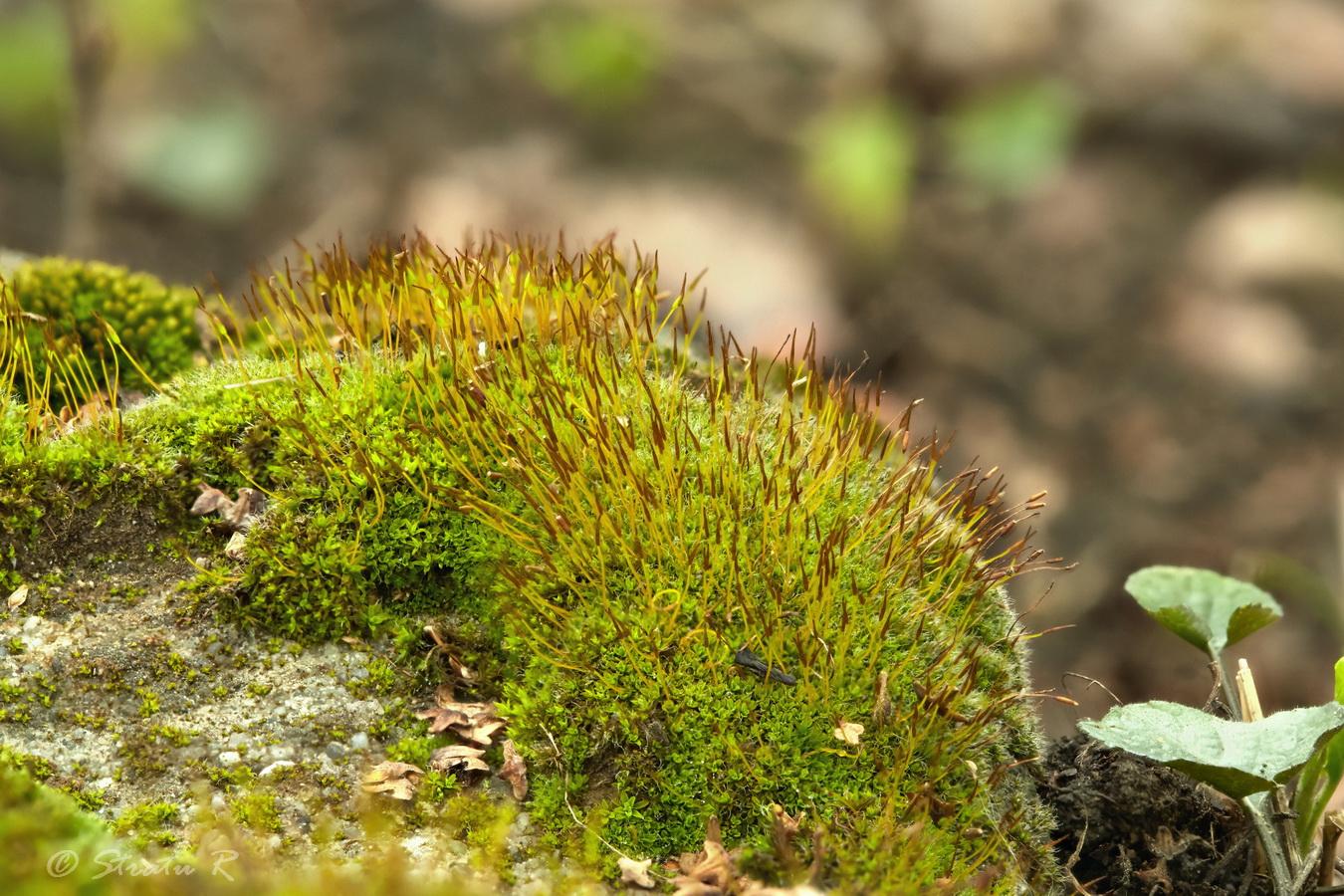
Tortula-subulata-2-de-3-648240.jpg from: https://www.biodiversidadvirtual.org/herbarium/Tortula-subulata-2-de-3-img648240.html
Exploring the Fascinating World of Tortula subulata var. serrulata Warnst. Moss

tortusub1m.jpg from: https://www.ni.is/biota/plantae/bryophyta/bryopsida/urdasnudur-tortula-subulata
Introduction
Mosses are some of the most ancient and resilient plants on Earth. Among the diverse array of moss species, one particularly interesting variety is Tortula subulata var. serrulata Warnst., a member of the Pottiaceae family. In this blog post, we’ll take a closer look at this fascinating moss, from its unique morphology to its global distribution and ecological roles. Get ready to dive into the tiny but mighty world of Tortula moss!
Background on Mosses
Before we focus on our star species, let’s briefly review what mosses are. Mosses are small, non-vascular plants in the division Bryophyta. They lack true roots, stems, and leaves, instead having structures that serve similar functions. Mosses reproduce via spores rather than seeds and are found in a wide range of habitats worldwide, from arctic tundra to tropical rainforests.
Morphology and Identification

Tortula_subulata.jpeg from: https://de-academic.com/dic.nsf/dewiki/1404341
Tortula subulata var. serrulata is characterized by its small size, typically growing in tufts or cushions. The individual plants have

2022-06-09-12-08-54-800×600.jpg from: https://www.britishbryologicalsociety.org.uk/learning/species-finder/tortula-subulata/
narrow, lance-shaped leaves that are often twisted when dry. A key identifying feature is the serrulate (finely toothed) leaf margins, which give this variety its name. The leaf midrib extends beyond the leaf tip to form a short, sharp point called a mucro.
Global Distribution and Habitat

501846_cd0c3053.jpg from: https://www.plantarium.ru/page/image/id/501846.html

16176449.jpg from: https://waarneming.nl/photos/16176449/
This moss has a wide distribution, being found across Europe, Asia, Africa, and North America. It grows on a variety of substrates including soil, rocks, walls, and tree bark. Tortula subulata var. serrulata is particularly well-adapted to dry habitats and can tolerate significant drought by going dormant until moisture returns.
Ecological Roles and Adaptations
Like other mosses, Tortula plays important ecological roles. It helps prevent soil erosion, retains moisture, and provides habitat for micro-organisms. Mosses are also pioneers that are among the first species to colonize disturbed areas.

obsfoto_0842c925-b037-485d-8434-2a439f660589.jpg from: https://www.naturbasen.dk/art/7150/syl-snotand
Tortula subulata var. serrulata has several adaptations that allow it to thrive in dry conditions:
- Twisting leaves that reduce surface area and moisture loss
- Hairy leaf tips that reflect sunlight and slow evaporation
- Ability to quickly absorb water when available
Conclusion
From its tiny serrulate leaves to its global conquests, Tortula subulata var. serrulata Warnst. moss proves that size doesn’t matter when it comes to ecological impact. This plucky Pottiaceae family member has made itself at home everywhere from old stone walls in Italy to rock outcrops in the American southwest.
The next time you see a cushion of dry, curly moss, take a closer look – it might be

Tortula-subulata-Hedw.-95433.jpg from: https://www.biodiversidadvirtual.org/herbarium/Tortula-subulata-Hedw.-img95433.html
Tortula just waiting for the next rainstorm to spring back to life. These unassuming bryophytes

967047.jpg from: https://www.bio-forum.pl/messages/3280/967045.html
are true survivors that have been toughing it out on Earth for hundreds of millions of years. Who knows what other moss mysteries are waiting to be uncovered?

169608.jpg from: https://inpn.mnhn.fr/espece/cd_nom/5243